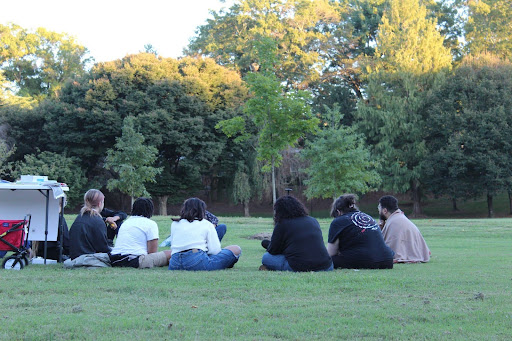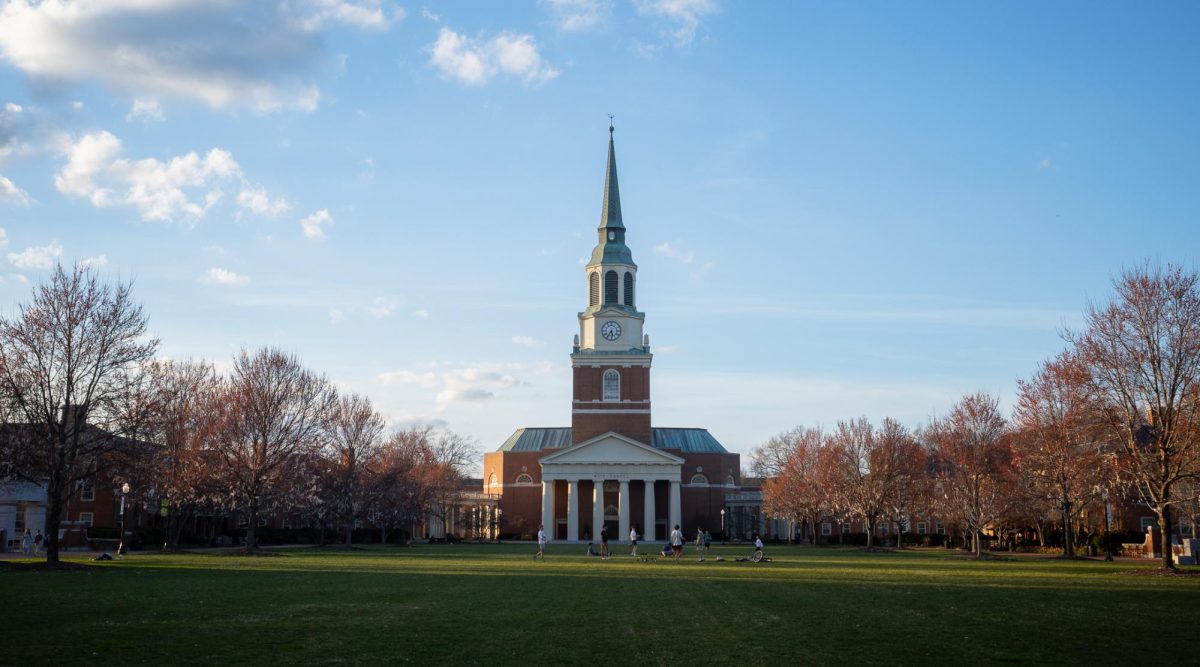UC Davis professor Andrés Reséndez, who teaches undergraduate courses in Latin American and Mexican history, gave a lecture on the enslavement of the American native population to students, faculty and staff on Sept. 8.
The hour-long event took place in the ZSR auditorium, and included a question and answer period as well as a signing for Reséndez’s book, The Other Slavery: The Uncovered Story of Indian Enslavement in America. It was the first event in this semester’s ZSR Library Lecture Series.
To begin the lecture, Reséndez highlighted the fact that many Americans do not know nearly as much about the enslavement of Indians as they do about that of Africans. According to him, 2.5 to 5 million indigenous people were enslaved from the time that Christopher Columbus arrived in 1492 to 1900. Although this number is not as large as the 12.5 million Africans who were enslaved, Reséndez pointed out that it is still is an important part of America’s history.
“[The enslavement of indigenous people] was a very big deal, but we somehow have chosen to forget all of this,” Reséndez said.
Additionally, Reséndez spoke of the misconception that the native population decreased when the Europeans arrived because of diseases. Although this was a factor, according to Reséndez, the first documented case of smallpox in the Dominican Republic took place after the population had already been majorly decimated. He thus concluded that slavery and violence towards the native population must have been the leading cause of death for indigenous people.
“A lot of the information he brought up was new to me, so I definitely left the lecture with a new perspective on slavery and America’s history with its native population,” freshman Lane Morris said.
Along with discussing the effects of silver mining and other colonial pursuits on the enslaved natives, Reséndez also spoke on how most of the time natives were traded and sold by other native populations. For instance, the Comanche Confederation from the American Southwest exploited members of their own population and sold them to Europeans.
“[Native American enslavement is] not a story of good versus bad,” Reséndez said. “Everyone in a position of power to [exploit the population], did so.”
The lecture wrapped up with an interactive session with the crowd. Questions included how Reséndez was able to gather his research, the lack of memorials for enslaved Native Americans, and the links between African and native slavery.
















DonHonda • Sep 14, 2017 at 9:17 pm
Apparently, “native americans” were not the first “indigenous” people here in North America. Evidence is mounting that they pushed out a previous population of European-centric origin:
http://www.smithsonianmag.com/smart-news/the-very-first-americans-may-have-had-european-roots-5517714/?no-ist
http://www.pbs.org/saf/1406/segments/1406-4.htm
http://sciencenordic.com/dna-links-native-americans-europeans
http://www.washingtonpost.com/national/health-science/radical-theory-of-first-americans-places-stone-age-europeans-in-delmarva-20000-years-ago/2012/02/28/gIQA4mriiR_story.html
http://news.nationalgeographic.com/news/2003/09/0903_030903_bajaskull.html
https://www.google.com/search?q=europeans+were+the+first+americans&ie=utf-8&oe=utf-8&aq=t&rls=org.mozilla:en-US:official&client=firefox-a&channel=sb